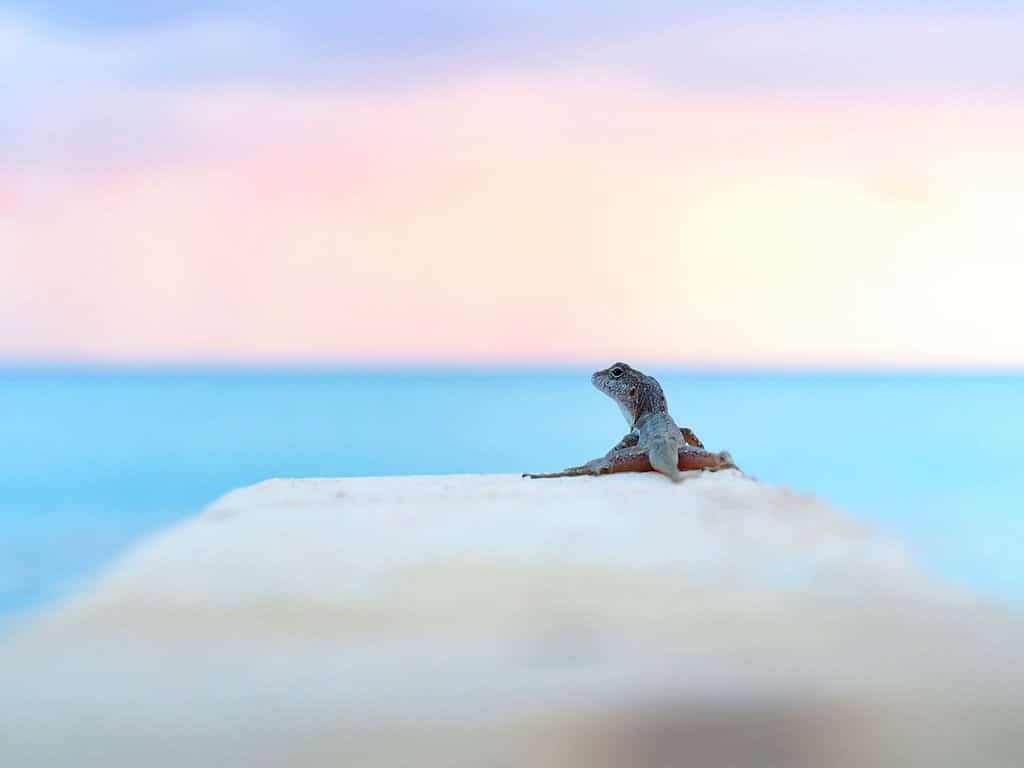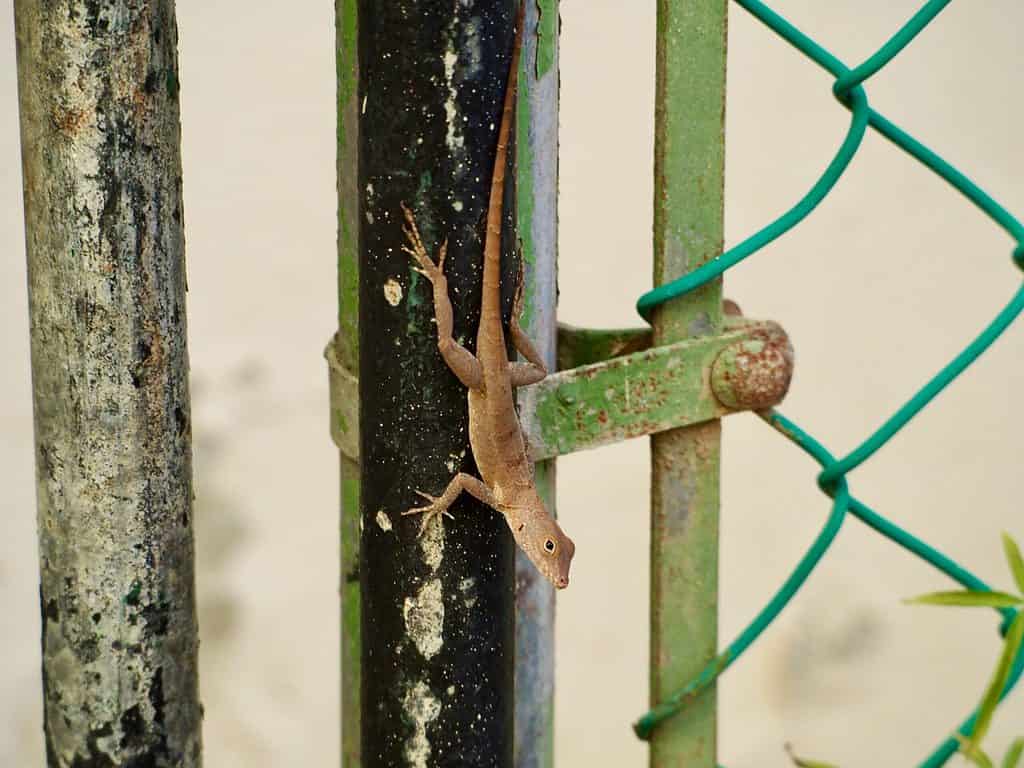Lizards living in cities have developed different genomic markers when compared to forest lizards, a new study shows. The genetic variations underlie physical differences in the urban lizards, including larger toe pads and longer limbs that are more advantageous in urban environments.

Urbanization has drastically altered landscapes around the world, changing how animals interact with nature, creating “heat islands” with higher temperatures, and affecting biodiversity — because although we consider cities to be human residences, many other creatures are also inhabiting the urban areas along with us. In fact, many of them are finding ways to survive in urban environments, adapting to the new type of habitats created by humans.
“Organisms that live in urban environments have to contend with many different pressures in order to survive, and those that adapt to use new resources and handle new stressors associated with human infrastructure and activity will thrive,” Kristin Winchell, professor of biology at NYU and the study’s first author, told ZME Science.
Natural selection at work
Winchell and her team have been working with Anolis cristatellus lizards, a species found in urban and forested areas of Puerto Rico. In previous studies, they’ve found that urban lizards have evolved certain traits to live in cities. They have longer toe pads to cling to smooth surfaces as walls and longer limbs to sprint across open areas.

In their new study, the researchers worked with a group of Anolis cristatellus lizards from three regions of Puerto Rico—San Juan, Arecibo, and Mayagüez. They measured the morphology of the lizards to quantify limb length and toepad size and took a sample of the tail to extract DNA – then sequenced a part of the genome that codes for genes.
The results confirmed that the lizard populations in the three regions in Puerto Rico were genetically distinct from one another, so any similarities the team found among lizards across the three cities could be attributed to urbanization. The urban lizards also had longer limbs and larger toe pads, supporting the team’s previous studies.
“Our study suggests that adaptation in response to urbanization might occur in predictable ways, rather than being reliant on idiosyncratic variation. This means that, at least in this species, lizards have the genetic machinery to produce the same morphological adaptations repeatedly whenever a population colonizes a city,” Winchell told ZME Science.
These results open up lots of new areas of potential research, she added, including areas that may help us understand how organisms other than lizards are impacted by the stresses of cities. Understanding how genetic changes impact organisms’ health, survival, and reproduction could have implications for their survival as urbanization increases.
About 55% of the world’s population currently lives in urban areas – a proportion that’s expected to increase to 68% by 2050, according to the UN. Urbanization, the gradual shift of people from rural to urban areas, combined with population growth, could add another 2.5 billion people to urban areas, with 90% taking place in Asia and Africa.
The study was published in the journal Proceedings of the National Academy of Science.









